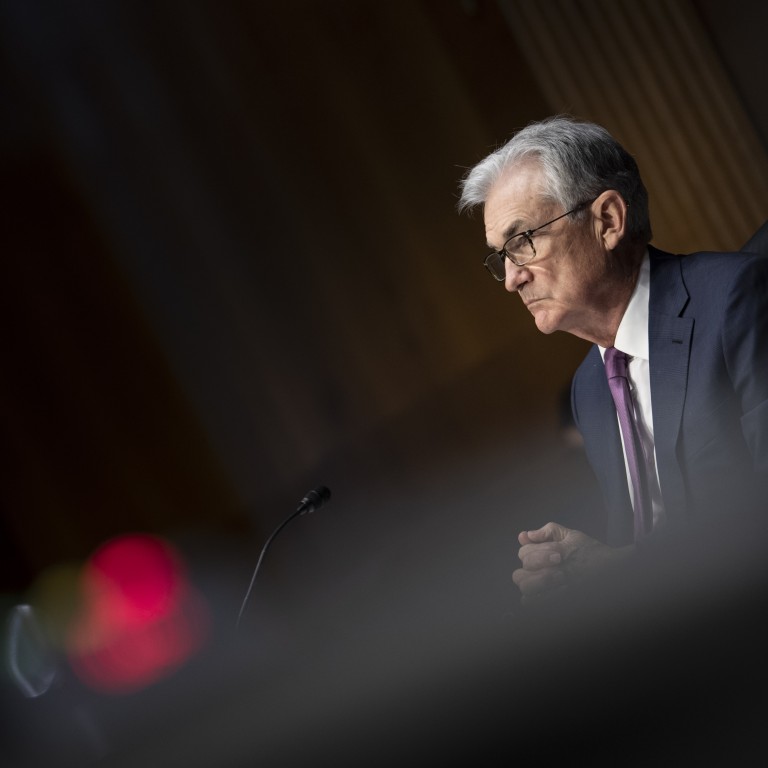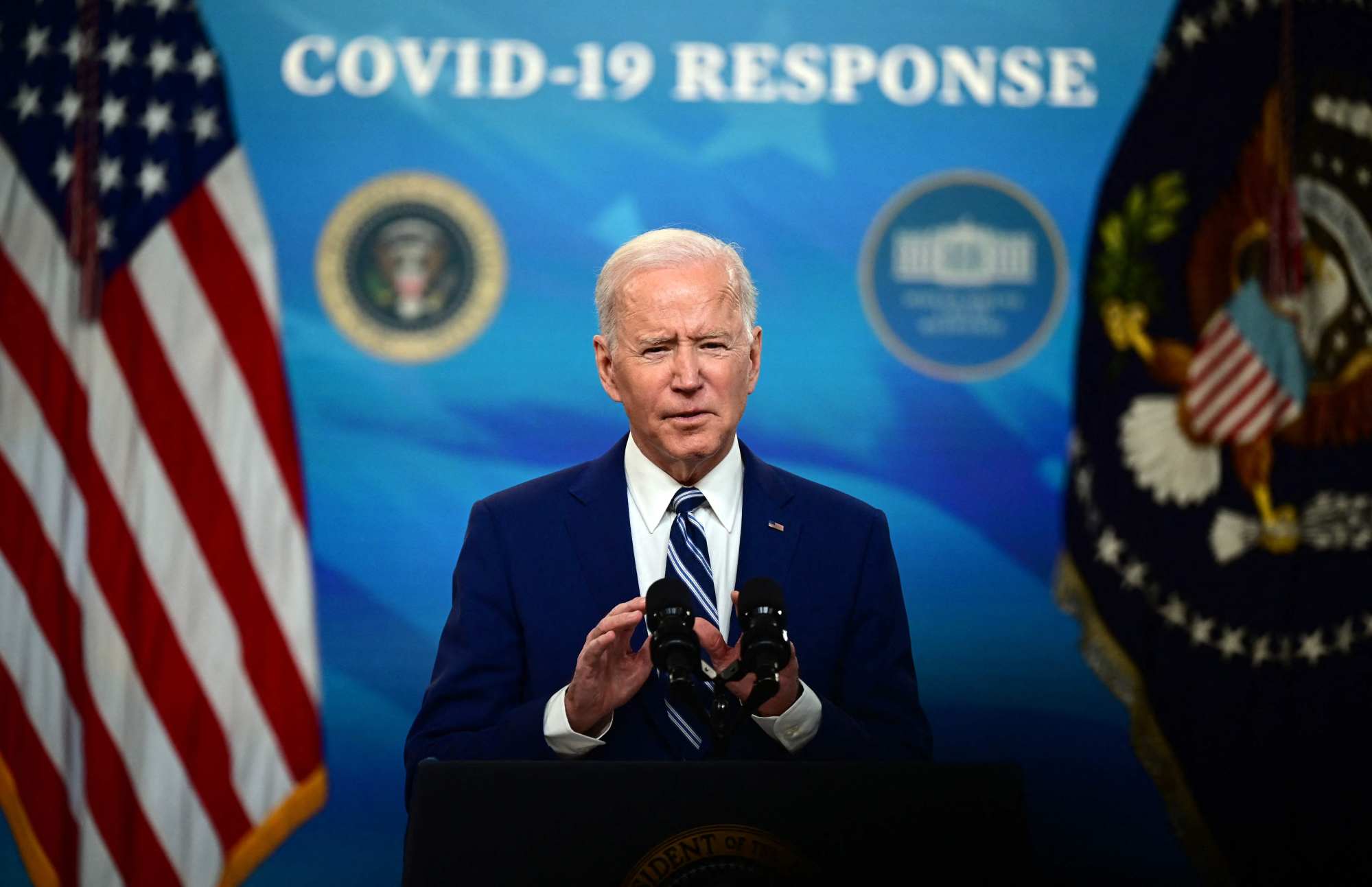
As US inflation hits a 39-year high, how did forecasters get it so wrong?
- Everyone from the Fed to the IMF predicted core PCE inflation in the US would remain well under 4 per cent in 2021
- Some blamed the Delta variant for stalling recovery, but the real error was in not taking economic models seriously enough
Inflation is not nearly as bad as a financial crisis. And whereas financial crises may be inherently unpredictable, forecasting inflation is a staple of macroeconomic modelling.
Why, then, did almost everyone get the US inflation story so wrong? A survey of 36 private-sector forecasters in May revealed a median inflation forecast of 2.3 per cent for 2021 (measured by the core personal consumption expenditures price index, the Federal Reserve’s de facto target gauge).
As a whole, the group put a 0.5 per cent chance on inflation exceeding 4 per cent last year – but, by the core PCE measure, it stands at 4.5 per cent.
But Powell and others had earlier argued that the inflation rise in the spring of 2021 was spurred by an overly rapid reopening as vaccination reduced case numbers. It is unlikely that both of these excuses are correct. The emergence of Delta probably kept inflation lower than it would have been.
This brings us to a more important source of forecasting error: not taking our economic models seriously enough. Forecasts based on extrapolation from the recent past are nearly always as good as those based on more sophisticated modelling.
A simple fiscal multiplier model would have predicted that average output in the last three quarters of 2021 would be 2-5 per cent above pre-pandemic estimates of potential. To think that such a stimulus would not cause inflation required believing either that such a huge adjustment was possible within months, or that fiscal policy is ineffective. Both are implausible.

Economic models also gave us reason to believe several factors would reduce the US economy’s potential in 2021. These included premature deaths, reduced immigration, foregone capital investment, the costs of hardening the economy to Covid-19, pandemic-induced workforce exits, and all the difficulties of reassembling a battered economy. Such constraints made it very likely additional demand would push inflation even higher.
A final set of errors arose because our models were missing key inputs or interpretations. People often used a Phillips curve to predict changes in inflation based on the unemployment rate. But these frameworks had difficulty reckoning with the fact the natural rate of unemployment probably rose, at least temporarily, due to the Covid-19 crisis.
More important, unemployment is not the only way to measure economic slack. Estimates from before the pandemic show the “quit rate” and ratio of unemployed workers to job openings are better predictors of wage and price inflation.
Is China’s version of the ‘Great Resignation’ creating an army of freelancers?
In retrospect, the mental model I find most useful for 2021 is to apply fiscal multipliers to nominal GDP, use them to predict how much of the fiscal stimulus will be spent, then try to predict real GDP by understanding what the economy’s productive capacity is. The difference is inflation.
Multipliers indicated that total spending in 2021 would go up a lot, while production constraints suggested output would not increase as much. The difference was unexpectedly higher inflation.
A stock market rout may send emerging economies over the edge
Where does this leave us in 2022? Instead of making inertial forecasts that the future will resemble the past, taking our models seriously means accounting for high levels of demand, continued supply constraints, and ever tighter labour markets with rapidly rising nominal wages and higher inflation expectations.
Some types of inflation, notably in goods prices, are likely to decline, but others, including services inflation, may well increase.
I therefore expect another year of significant US inflation, plausibly 3-4 per cent. But the most important forecasting lesson from last year is humility. We should all be adding large error bands around our expectations and be prepared to update our outlooks as the economic situation unfolds.


